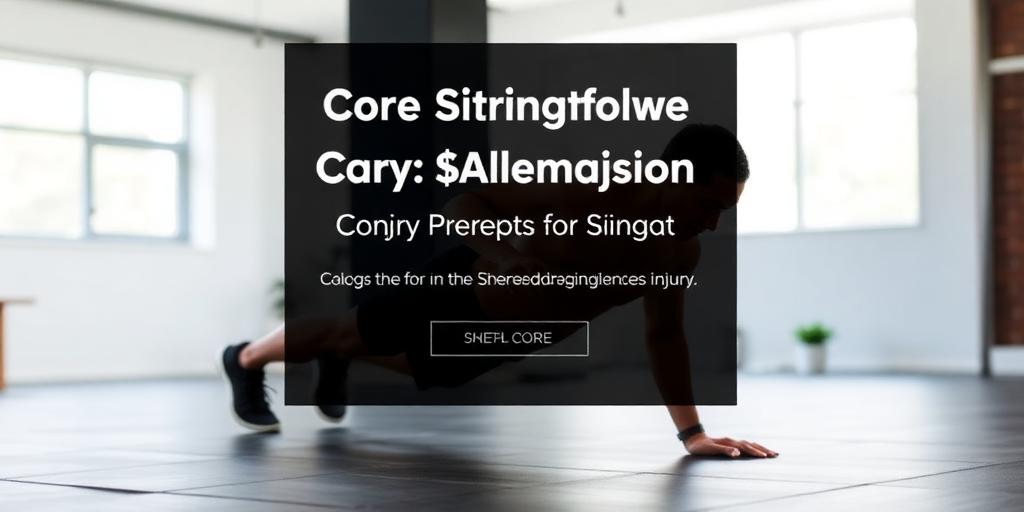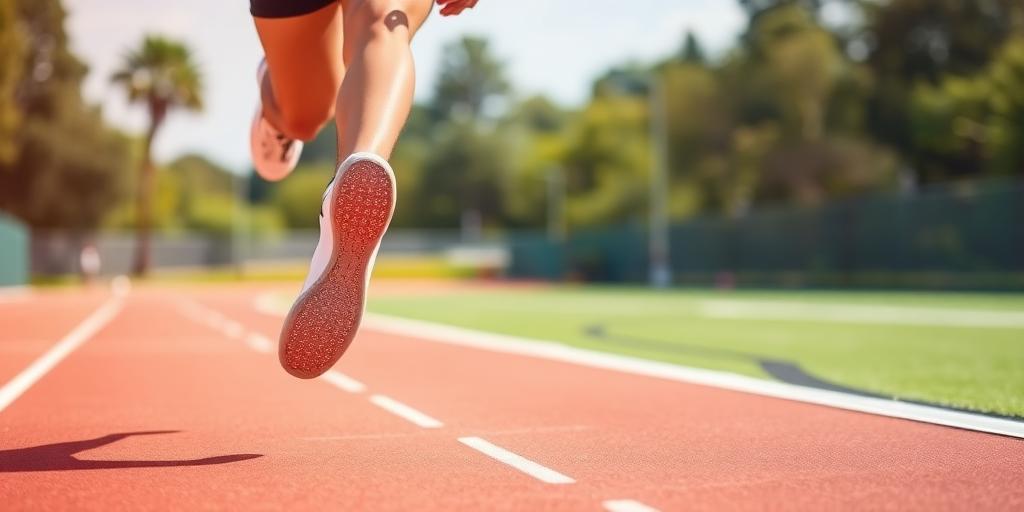ACL Injury Prevention Strategies for Athletes
Anterior cruciate ligament (ACL) injuries are a significant concern for athletes across various sports. These injuries can sideline athletes for extended periods, requiring surgery and rehabilitation. However, with the right strategies, athletes can significantly reduce their risk of ACL injuries. This article provides an informative overview of effective ACL injury prevention strategies.
Understanding ACL Injuries
The ACL is a crucial ligament in the knee that provides stability. It prevents the tibia (shin bone) from sliding forward on the femur (thigh bone). ACL injuries often occur during sports that involve sudden stops, jumping, and changes in direction, such as soccer, basketball, and skiing.
Risk Factors for ACL Injuries
Several factors can increase an athlete's risk of ACL injury:
- Gender: Female athletes are more prone to ACL injuries than male athletes due to anatomical, hormonal, and neuromuscular differences.
- Muscle Strength: Weak hamstrings and quadriceps can lead to instability in the knee joint.
- Neuromuscular Control: Poor balance and coordination can increase the risk of injury.
- Previous Injury: Athletes with a history of knee injuries are at higher risk.
- Footwear and Surface: Inappropriate footwear or playing on uneven surfaces can contribute to injuries.
Effective Prevention Strategies
Neuromuscular Training:
- Balance Exercises: Incorporate exercises that improve balance, such as single-leg stands and wobble board exercises. These enhance proprioception, which is the body's ability to sense its position in space.
- Plyometrics: Include jump training to improve explosive power and landing mechanics. Focus on soft landings and controlled movements.
- Agility Drills: Implement agility exercises that mimic sports-specific movements, such as shuttle runs and cone drills. These enhance coordination and agility.
Strength Training:
- Hamstring Strengthening: Focus on exercises like hamstring curls, Nordic hamstring curls, and Romanian deadlifts. Strong hamstrings help stabilize the knee joint.
- Quadriceps Strengthening: Include exercises like squats, lunges, and leg presses. Balanced quadriceps strength is essential for knee stability.
- Core Strengthening: Strengthen the core muscles to improve overall stability and control during movements.
Proper Warm-Up and Cool-Down:
- Warm-Up: Begin each training session with a dynamic warm-up that includes activities like leg swings, high knees, and butt kicks. This prepares the muscles for activity.
- Cool-Down: End each session with static stretching, holding each stretch for 20-30 seconds. This improves flexibility and reduces muscle soreness.
Technique and Biomechanics:
- Landing Technique: Teach athletes to land softly with bent knees and hips to absorb impact.
- Cutting Technique: Emphasize proper cutting techniques, such as planting the foot and changing direction with controlled movements.
- Jumping Technique: Ensure athletes jump and land with proper alignment to reduce stress on the knee joint.
Bracing:
- Prophylactic Bracing: Consider using prophylactic knee braces for athletes at high risk of ACL injury. These braces can provide additional support and stability to the knee.
Education and Awareness:
- Athlete Education: Educate athletes about the risk factors for ACL injuries and the importance of prevention strategies.
- Coach Education: Ensure coaches are trained in proper techniques and injury prevention strategies.
Progressive Training Programs:
- Gradual Increase in Intensity: Gradually increase the intensity and volume of training to avoid overloading the muscles and joints.
- Periodization: Implement a periodized training program that includes phases of strength, power, and agility training.
Conclusion
ACL injuries can be devastating for athletes, but they are often preventable. By implementing comprehensive prevention strategies, including neuromuscular training, strength training, proper warm-up and cool-down routines, and technique refinement, athletes can significantly reduce their risk. Education and awareness are also crucial components of any successful injury prevention program. Prioritizing these strategies can help keep athletes on the field and performing at their best.









